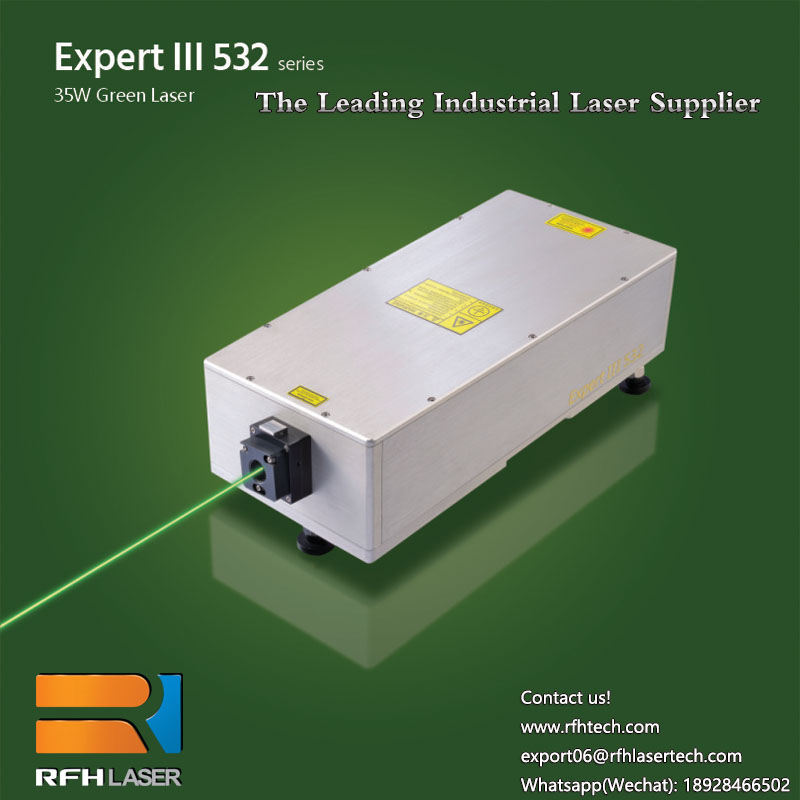Lasers can cut many types of thin metal—including sheet metal and foils
Apr 25 , 2021Lasers can cut many types of thin metal—including sheet metal and foils—into complex shapes with high precision. Pairing the focused, high-energy laser spot with on-axis gas assist achieves clean cuts that don’t require further processing.
Laser cutting of thin metals is found in many industries, such as automotive, appliances, electronics, energy, medical device manufacturing—and more. Its advantages include:
Non-contact cuts. Lasers don’t require sharpening and replacing cutting blades. They also eliminate extra force on the thin metal—preventing warping and other damage.
Precise control. Focused, localized laser energy achieves very narrow cuts with small kerf widths. Lasers can also cut detailed, intricate patterns into sheet metal and thin foils.
No consumables. Unlike other methods, lasers don’t require extra consumables. Plasma cutting, for example, requires specific gas mixtures to cut metals, while water jet cutting uses water and an abrasive mixture that must be replenished and properly disposed of. Gas-assist laser cutting, on the other hand, uses only dry air or standard inert gases.
METHODS
Laser wavelengths for thin metal cutting applications range from UV to NIR. High-speed fiber lasers (1064 nm) melt and ablate the metal quickly, while diode-pumped solid-state (DPSS) lasers work well for applications requiring higher precision.
In addition, UV lasers achieve precise, detailed cuts, minimal kerf widths and low heat-affected zones. You can also use UV lasers if your application requires a clean cut edge. Finally, ultrafast femtosecond and picosecond lasers achieve the best cut quality and are used to cut metals and coated metals.
The two most common laser cutting methods are:

Gas-assisted thin metal cutting. A gantry or motion table moves the laser head and sheet metal—achieving the full cut depth in a single pass. On-axis gas assist further reduces the head-affected zone and oxidation on cuts while preventing slag on the back side.
Galvanometer-steered thin metal cutting. Using a galvanometer to steer the beam is an alternative method for laser cutting thin metals. The computer-controlled galvanometer enables high-speed cutting patterns, as well as multiple repetitions of the same pattern in quick succession—reducing heat-induced strain on the part.